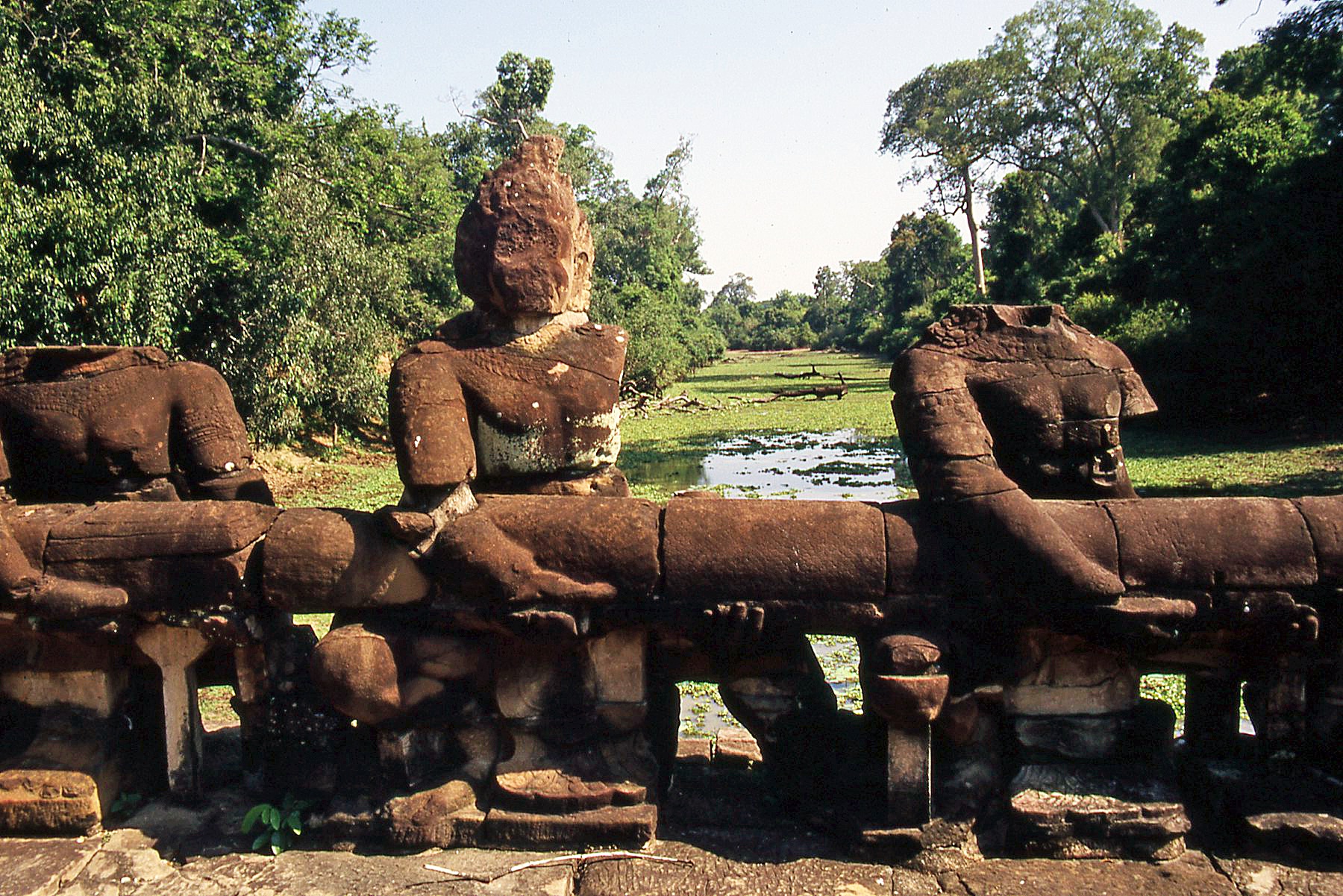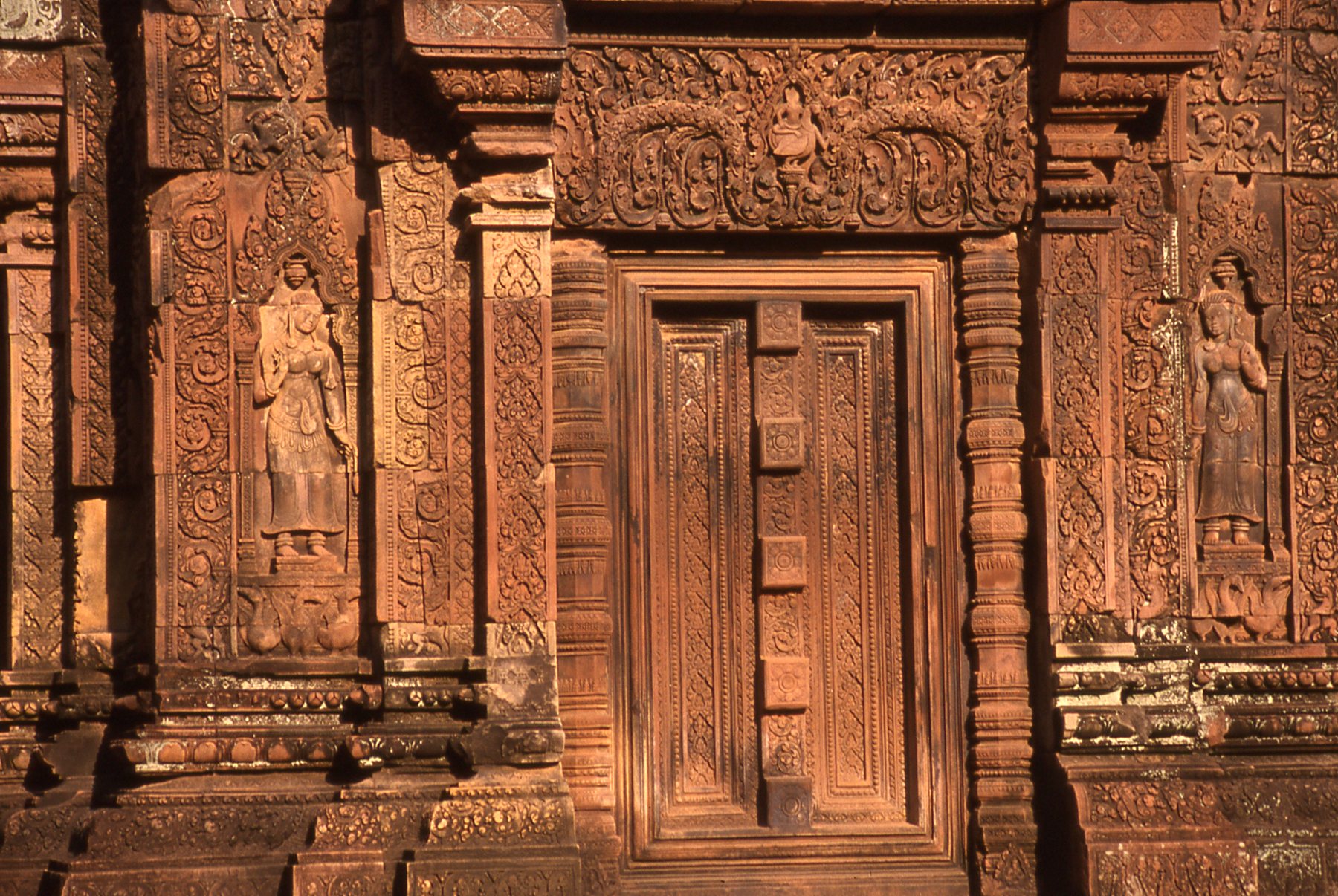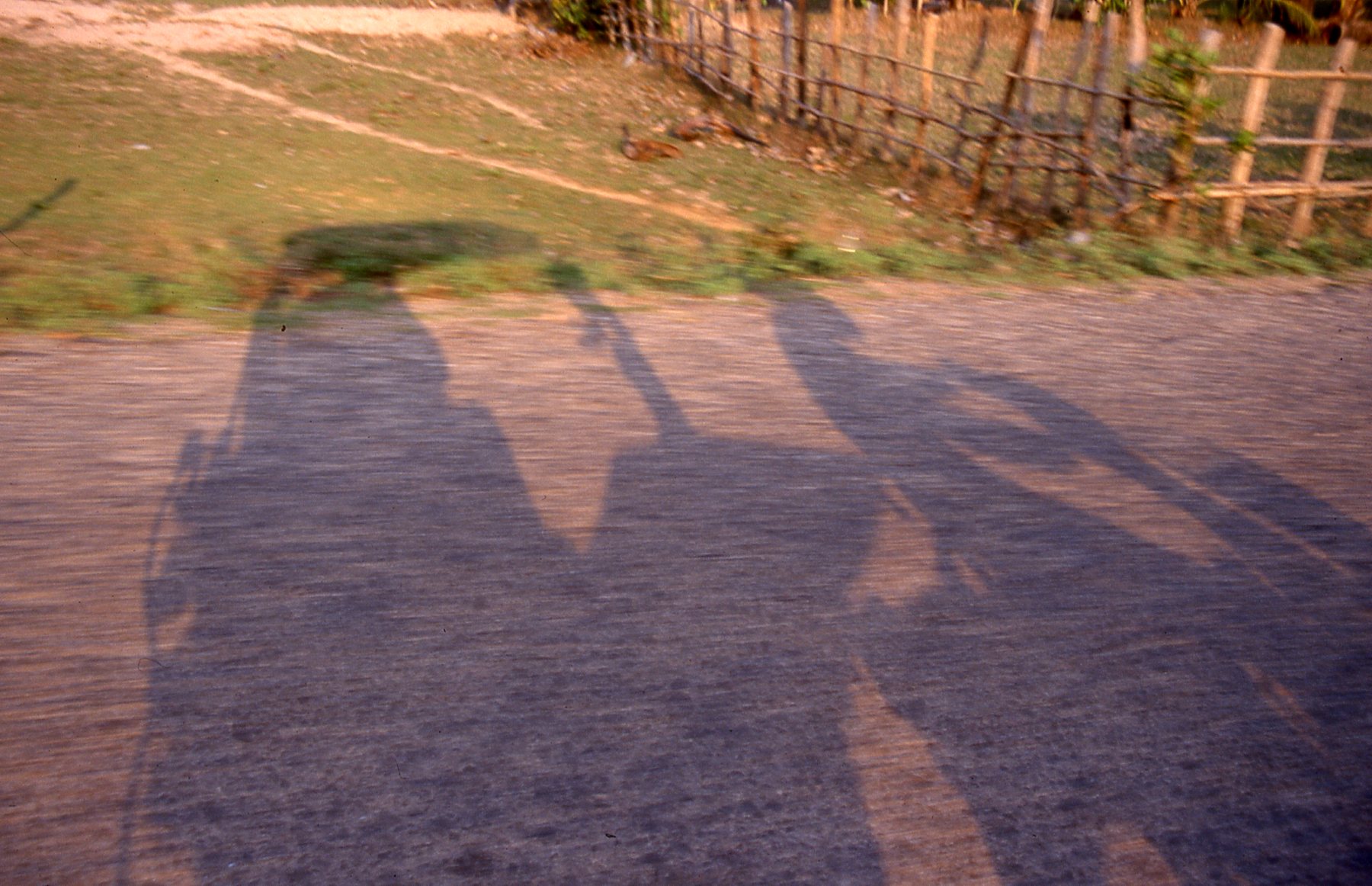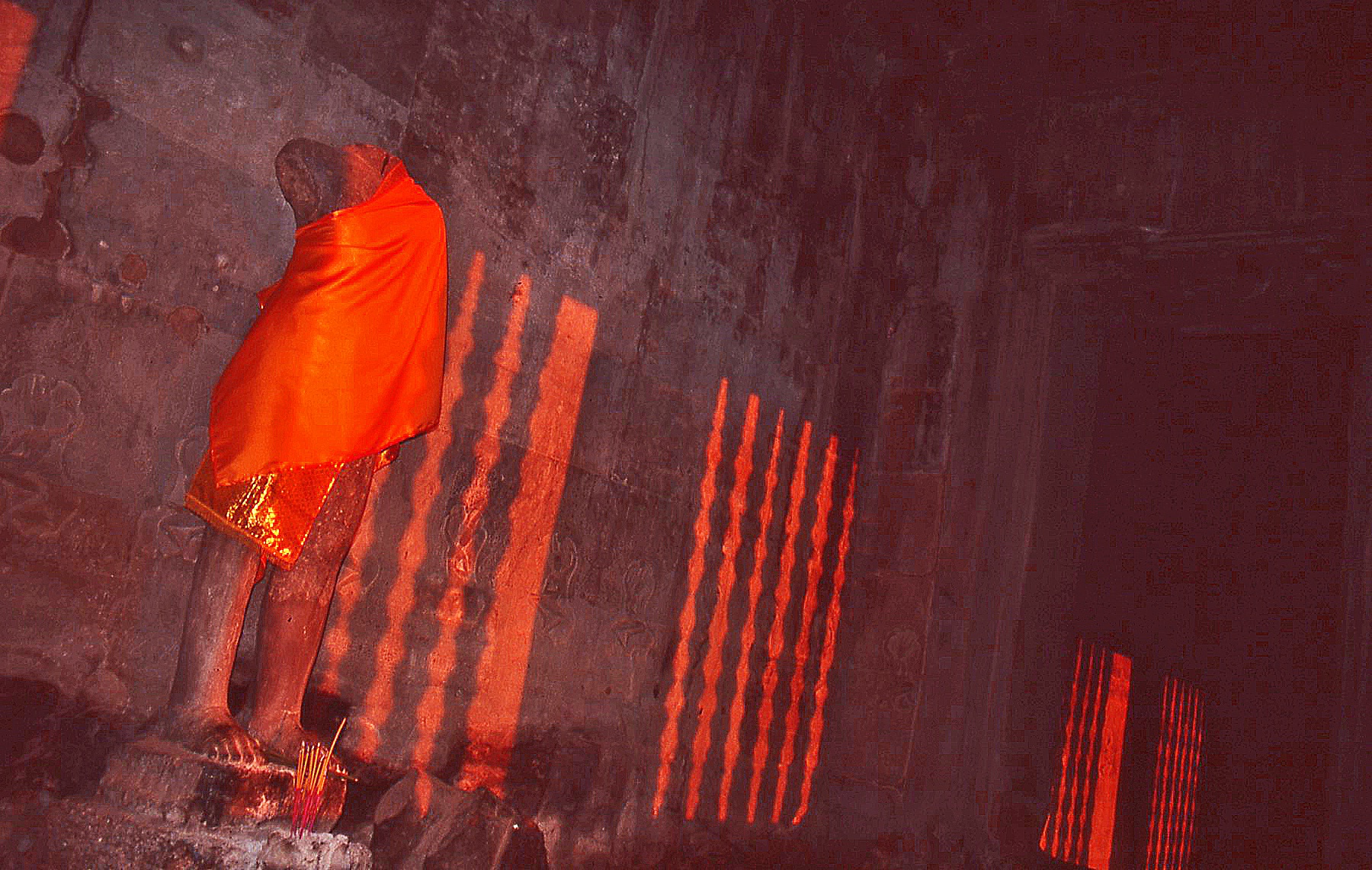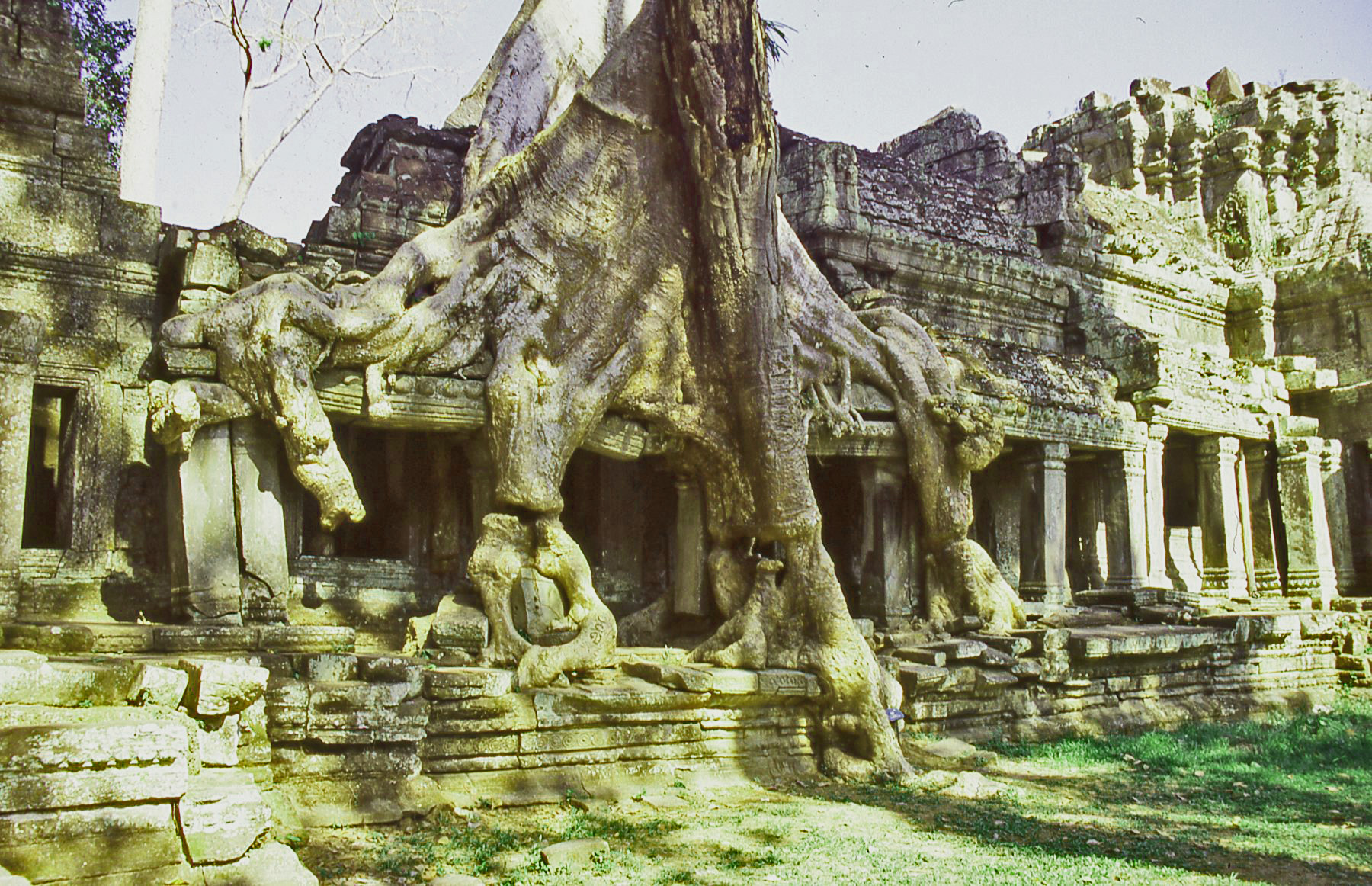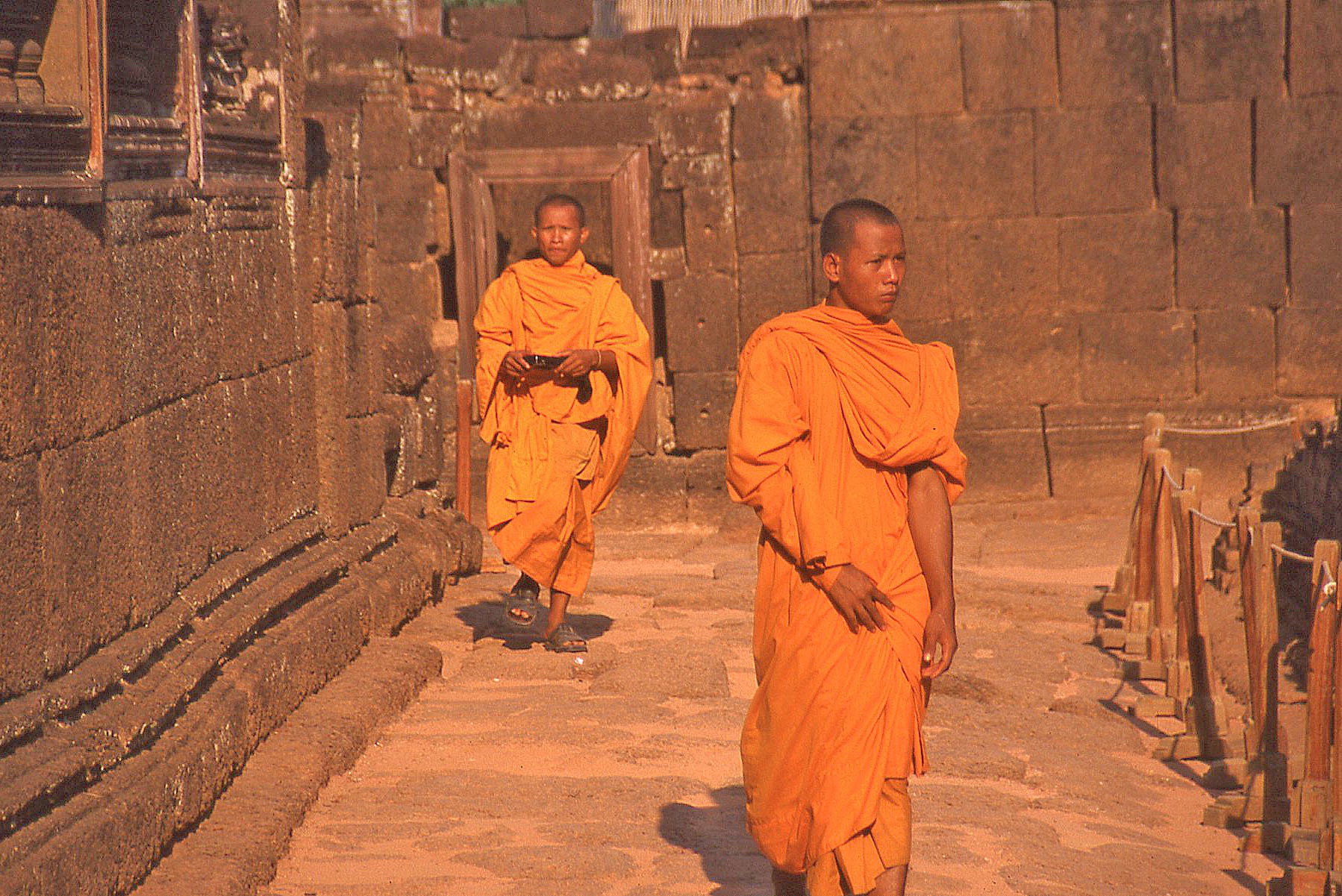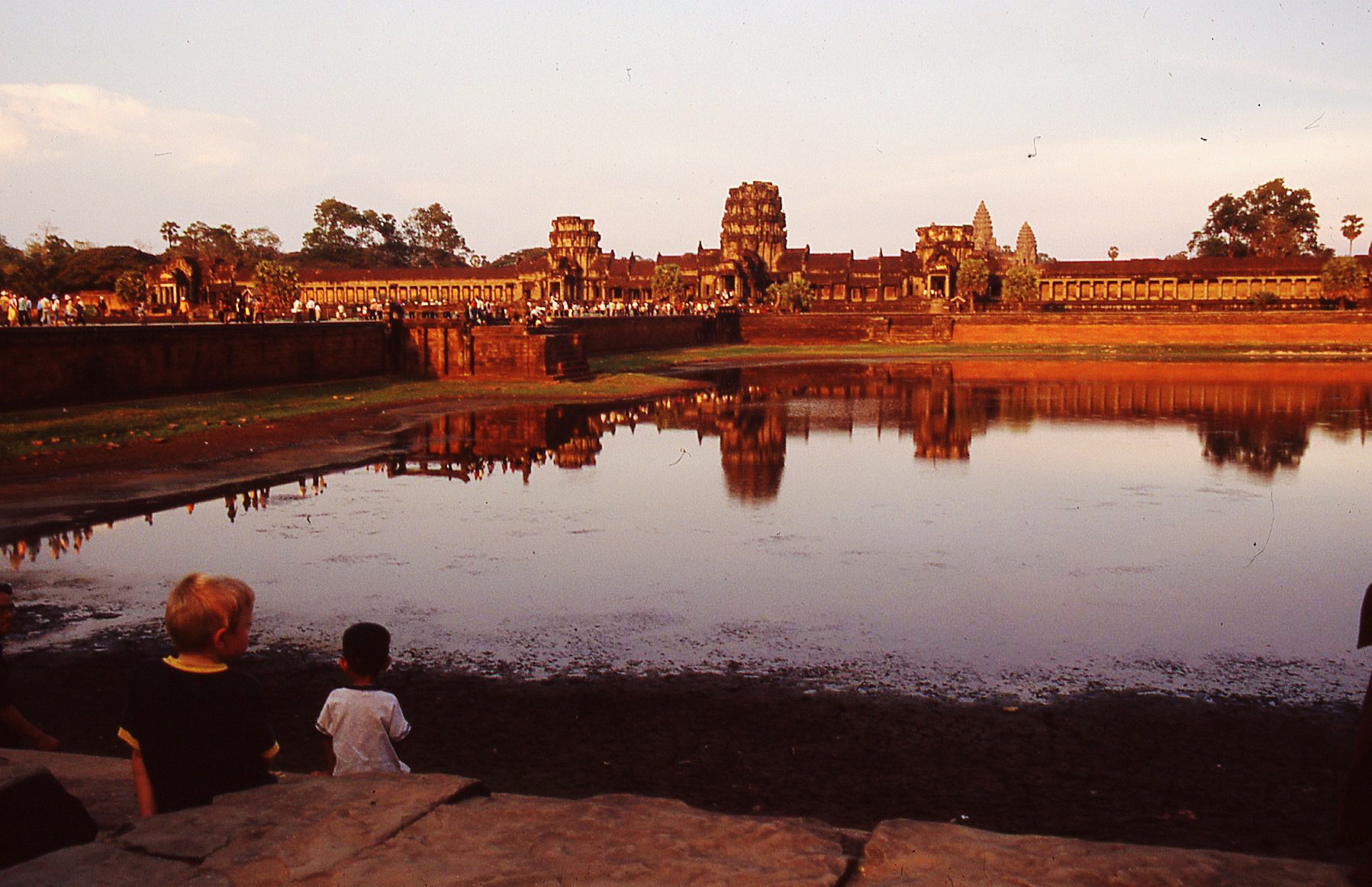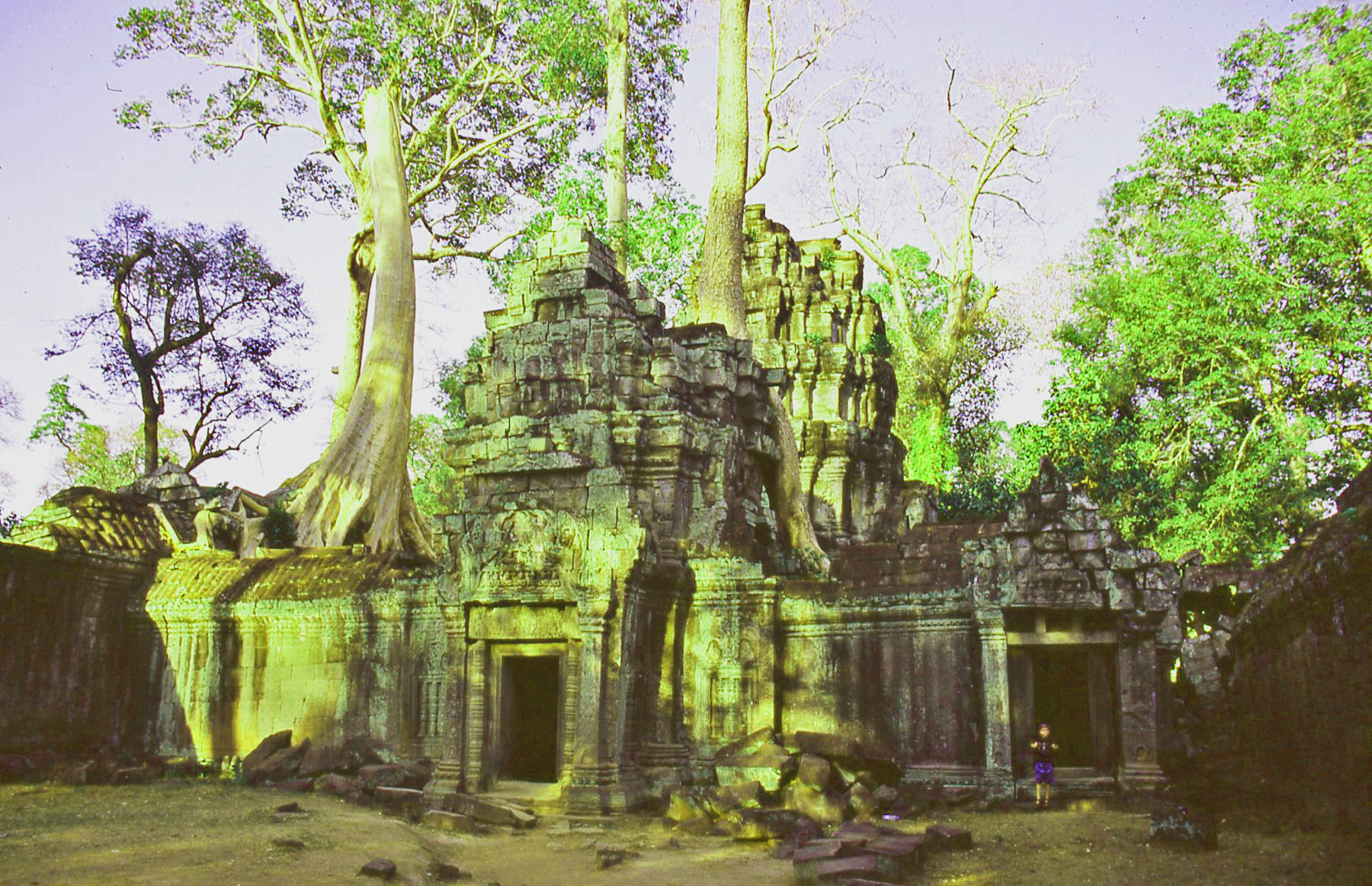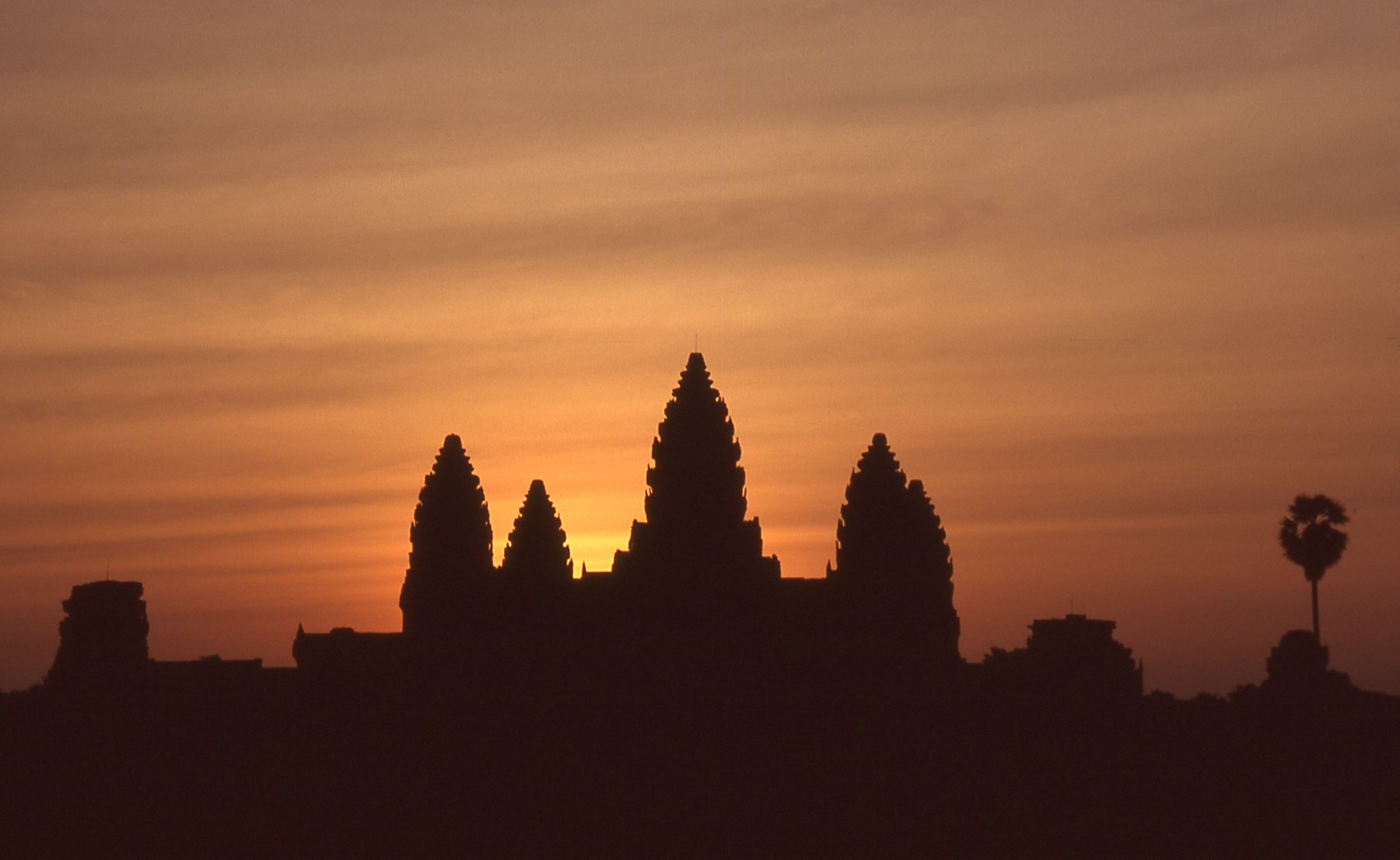Cambodia – Temples of Angkor (30.08.12)
The Temples of Angkor, located at Siem Reap in the heart of Cambodia, have stood proud for a thousand years. They stand today as the national symbol of Cambodia, rightly regarded as one of the world’s most exciting ancient wonders after centuries of obscurity when they were hidden from the outside world by tropical jungle.
When I first visited Siem Reap nearly ten years ago, Cambodia’s bloody history had entered a period of relative calm. Exploring this local Angkor region it soon became apparent how the Khmer Empire flourished between the 9th and 15th centuries as the largest pre-industrial urban centre in the world, covering an area as large as Greater London today.
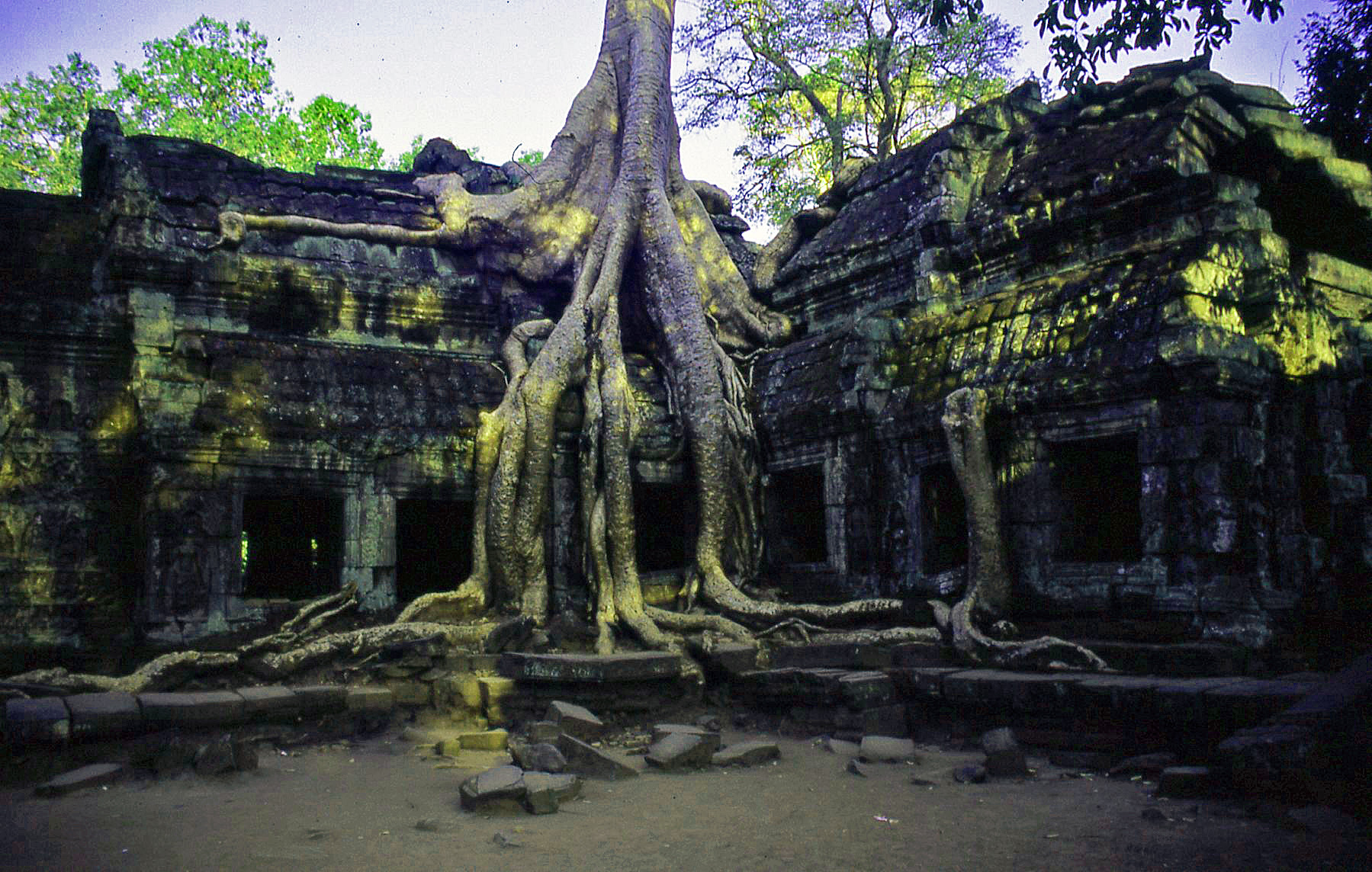
Like all visitors to the area, I was amazed by the scale of the main six temple complexes, before even beginning to delve into the outer temple regions set in the quieter rural areas. Even then, the growth in tourism was being matched by the locals taking on board how important the temples were to their own livelihood. Our first guide, despite being a landmine victim with one leg, proudly showed us round the temples on his motor-rickshaw. My family were fascinated by the sites, sobered when reading further on the devastation of the Khmer Rouge, yet inspired by our guide’s ability to leave the past behind and focus on the future.
Today, like many of his generation, tourism provides an essential livelihood. Indeed the long-term sustainability of many Cambodians is inextricably linked to the Temples of Angkor and nearby hotel, restaurant and entertainment industry. However, as the reputation and wonder of Angkor’s Temples spreads across the globe, there is a real danger of too many poorly managed visitors.
Where as our first visit saw a steady trickle of temple tourists, today’s visitor numbers are in excess of a million in the first six months of the year. This shear pace of change in tourists has been as difficult for local government to manage as the very protection of the temples themselves.
Whilst an Angkor visit today is as rewarding as ever, a fine balance must be found. As with the likes of Lara Croft extolling the virtues of Angkor Wat on the silver screen and UNESCO’s recent Trip Advisor survey declaring Angkor the “most recommended World Heritage Site”, visitor numbers continue to climb. The weight of tourist feet alone is damaging these amazing sites and a well managed tourist dollar is going to be essential.
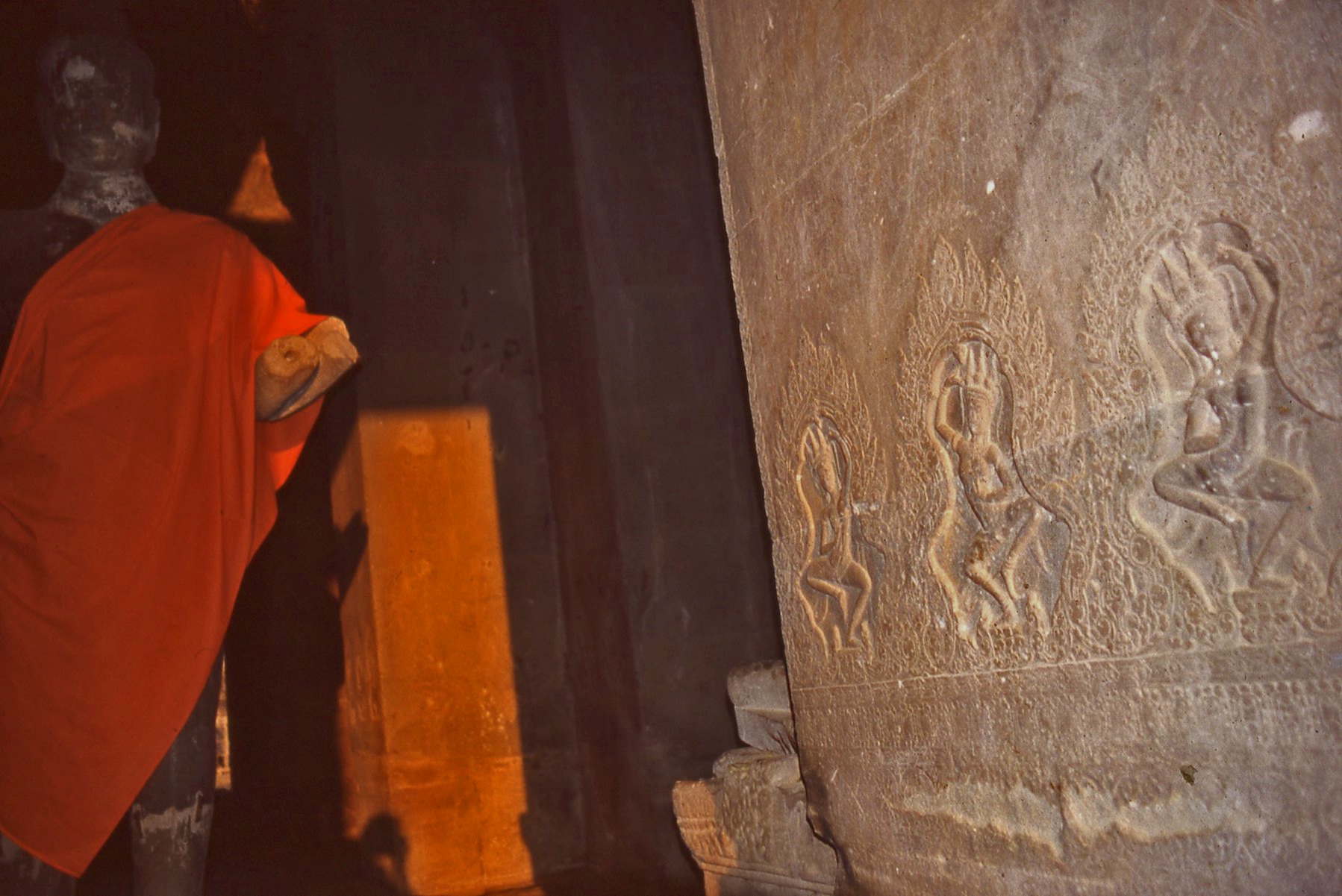
As tour operators we at Nomadic Thoughts are aware of these issues and share our concerns with our ground operators, encouraging them to put pressure on the Cambodian authorities to bring in long lasting protection measures for their cultural heritage.
The heritage management of Angkor’s temples can learn from other destination’s experiences with visitor restrictions recently been placed on many of the world’s iconic venues – for example the Taj Mahal, Great Wall of China, Macchu Pichu and Pyramids in Egypt.
I, alone with anyone who has visited Angkor Wat, welcome a coherent policy of protection allowing future generations to enjoy Angkor Wat’s 100 stone temples; Banteay Srei’s red sandstone walls & passageways; Preah Khan’s untouched Buddhist sanctuary; Ta Prohm’s lush jungle setting and Bayon Temple’s hypnotic face towers.
